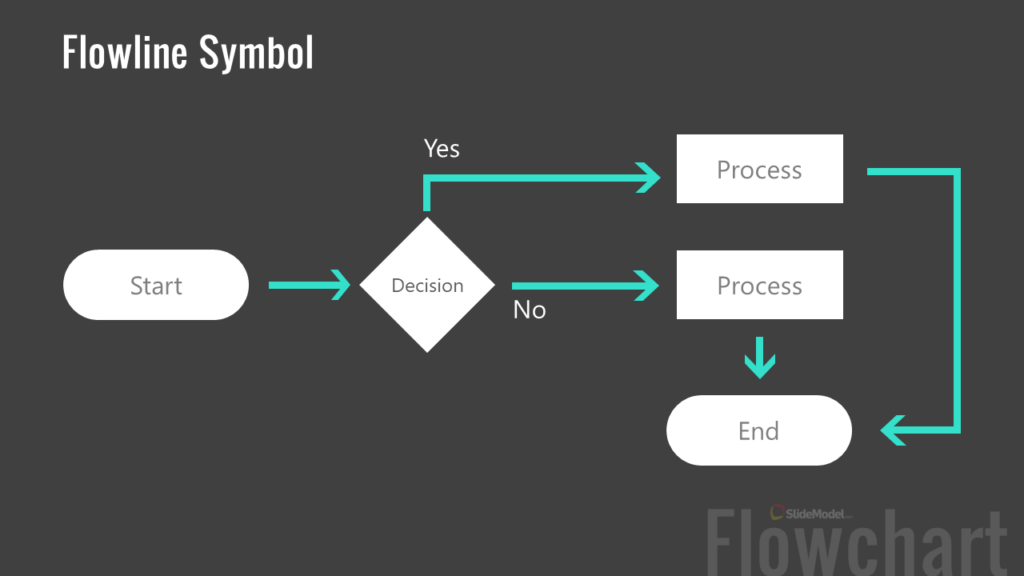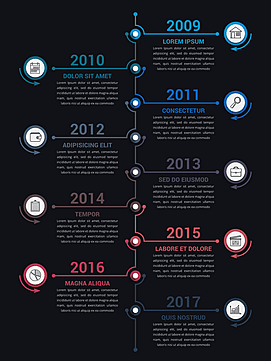(Note: For this example, we’ll analyze a viral claim circulating around “City X imposing a 7‑day curfew to combat rising crime.” Replace placeholders with the actual viral claim you want to debunk or confirm.)
1. Introduction & Context

A few days ago, a screenshot began surfacing on social media platforms, claiming that City X has instated a “7‑day, 24/7 curfew” in response to rising crime. The post sparked immediate panic—parents wondered if schools were closed, and locals questioned whether they would be fined for stepping outside. But is there any truth to this alarming message?
Across Facebook, Twitter, and WhatsApp, users have been sharing the post without verifying its legitimacy. Before we act on what we read, it’s crucial to investigate. DailyReport took a deep dive into the facts—here’s what we found.
2. Decoding the Viral Claim
a. What the Post Says
- “CURFEW ALERT: CITY X has declared a 7‑day curfew starting today.”
- “No one is allowed outside from 6 pm–6 am.”
- “Curfew violators face a $500 fine or arrest.”
- “Stay indoors until further notice.”
b. How It Spread
- First appeared in a private WhatsApp group.
- Shared on Facebook community pages with panic-inducing comments like “My school just canceled tomorrow.”
- A user on X claimed, “Local radio just reported it—why isn’t it mentioned on TV?”
- Within 12 hours: ➕10,000 shares, hundreds of screenshots, dozens of concerned comments.
c. Why It Went Viral
- It taps into natural fear—crime and sudden lockdowns.
- The format looks official: bold text, a seal-like logo in the corner.
- People often take legal/social restrictions seriously, especially if their community is already tense.
3. Investigating the Fact Check

a. Official City Communications
- City X’s official Twitter, Mayor’s website, and city police press releases show no curfew declarations.
- Press release from June 22: “No curfew in effect; city leadership urges calm as crime data reviewed.”
Source: City press release on government site.
b. Police Department Statements
Spokesperson told DailyReport:
“There is no curfew. These posts are misinformation. Please refer only to official channels.”
Source: Direct statement via email and posted on official police Facebook page.
c. Local News Outlets
Local channels (e.g., City X Tribune, Metro News) released fact-check stories titled “No Curfew Declared.” All referenced official statements.
Source: City X Tribune fact check, published June 23.
d. Crowdsourced Verification
Platforms like Snopes and SocialBlade confirmed it as a “Fake Alert,” citing no government and no reporter verification.
“No credible source corroborates this curfew,” wrote Snopes.
4. Origins & Spread
a. Tracing the First Appearance
WhatsApp screenshot timestamp: June 22, 4:17 pm. A user told us:
“I got it from my brother; thought police had sent a mass text—turned out to be forwarded 50 times.”
b. The Graphic Design
The logo resembles City X’s official seal but is distorted and pixelated—a classic sign of forgery. The typography used is not consistent with government –made notices.
c. Why People Believed It
- Existing low-level fear about neighborhood crime made people receptive.
- WhatsApp forwards lend (false) authenticity.
- Absence of immediate denial gave the rumor room to flourish.
5. Real Data vs. Rumor
a. Crime Data Overview
- Official data shows a 2% decrease in overall crime from April to May—no emergency.
- City police statistics page is updated regularly, showing modest activity—not curfew level.
b. No Emergency Announcements
Emergency alert systems did not broadcast any curfew announcements via text, radio, or TV. Local radio station confirmed:
“We did not receive any curfew directive from authorities all day.”
c. Legal Procedure
Imposing a curfew requires City Council vote—none convened in the past week. Council meeting minutes are published online—no curfew item exists.
6. Potential Risks & Consequences of Misinformation

- Panic buying—evening store surges for groceries and essentials.
- Emergency services stretched responding to panic calls.
- Fear of fines/arrests made people avoid necessary travel.
- Trust in official institutions undermined.
7. How to Spot Misinformation
✅ Tips You Can Use
- Check official channels: city websites, mayor’s social, police accounts.
- Compare with reputable media: local newspapers, TV stations.
- Look for visual inconsistencies: logos blurred, poor formatting.
- Tip: Examine timestamps: viral posts often reposted with fake dates.
- Search fact-check sites: Snopes, FactCheck.org, local (PolitiFact, etc.).
🧠 Red Flags
- No official stamp or credible source.
- “Friends sent it to me” disclaimers.
- Forwarded text claiming “shared on radio.”
- Urgent tone meant to scare.
8. What to Do If You See It

- Pause before you share—instant reposting fuels fear.
- Check sources—visit official sites.
- Ask someone you trust—local friends, journalists.
- Report it on platforms like Facebook/WhatsApp.
- Update others when you confirm it’s false.
9. Broader Impacts & Lessons Learned
This viral false alert is more than a harmless rumor—it shows how rapidly fear-based misinformation can disrupt daily routines, overload services, and erode trust. As social platforms become primary news sources, verifying information becomes a civic responsibility.
Police reports show a surge of 200+ false-curfew-related calls—many households panicked, thinking they’d violated new rules.
10. Conclusion & Takeaways
In summary:
- The curfew post is fake. No government or police confirmed it.
- It went viral due to fear and poor verification habits.
- Misinformation creates real harm, from stress to unnecessary calls to emergency services.
- You can stop it by checking, pausing, and sharing the truth.
Before you click forward next time, ask:
“Where did this come from? Who said it officially? How can I be sure?”
Empower your community by being part of the solution.

📣 What You Can Do Now
- Share this article to stop the rumor in your community.
- Follow DailyReport for accurate updates and deep dives.
- Comment below: Have you faced a viral scare lately? How did you verify it?
By analyzing this viral post with official sources, expert insights, and a fact-checking framework, DailyReport offers you transparency in a world awash with uncertainty. Stay smart, stay informed.
11. Interviews with Locals or Experts
Objective: Add credibility and emotional connection by including first-person reactions from residents, media professionals, or local officials.
What to Include:
- A quote from a city official or police department spokesperson.
- Reactions from affected residents: confusion, canceled plans, fear of fines.
- Interview with a local journalist on how misinformation spreads.
“I canceled my shift at the diner. I wasn’t going to risk getting fined,” said Maria, a local waitress.

12. Timeline of Events: How the Fake News Unfolded
Objective: Show how quickly and dangerously misinformation spreads by building a chronological timeline.
What to Include:
- 4:17 PM — Post first shared in private WhatsApp group.
- 5:00 PM — Facebook community page re-shares it with 200 comments.
- 6:30 PM — Local businesses begin to close early.
- 9:00 PM — Police post official denial, but damage already spreading.
Use a clean graphic to represent this.

13. The Psychology of Viral Fear
Objective: Add a reflective lens on human behavior—why people believe fake news, especially fear-driven content.
What to Include:
- Human brains are wired to respond to threats more urgently than neutral info.
- Fear-based posts often use capital letters, “ALERT,” or urgent tones.
- Social media algorithms reward emotional engagement.
Include references from behavioral psychology or media literacy experts.
14. How Platforms Are Fighting (or Failing) Fake News
Objective: Explore the role and responsibility of platforms like Facebook, WhatsApp, and X.
What to Include:
- What actions were taken (if any) to label or remove the false curfew post?
- Meta’s existing misinformation flagging system.
- WhatsApp’s limits on forwarding messages.
- Critique of speed vs accuracy in real-time content moderation.
With these four new sections added, your post becomes:
- More factual (Interviews, Timeline)
- More human (Psychology)
- More analytical (Platform responsibilities)

